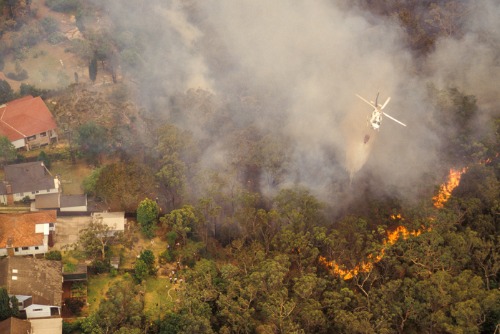

An international analytics expert is calling on Australia to better restrict development in the urban-bush interface, saying unobstructed growth will only lead to additional damage during fire season.
“Continued growth of the built environment along the urban-bush interface will inevitably lead to more property damage, especially in a changing climate where weather conducive to triggering and sustaining bushfires is expected to become more common and the length of the fire season continues to gradually increase,” said Peter Cheesman, head of analytics at Aon.
Cheesman’s comments come in the wake of the most recent Southern Australia Seasonal Outlook report, which revealed the fire season was likely to arrive early this year, bringing increased fire potential in several regions across the country.
“The outlook for the upcoming fire season is that there will be above normal activity across coastal NSW, south east QLD, south east VIC and south west WA,” Cheesman told Insurance Business.
“The warmer and drier than average conditions we’ve had over the winter months means that the fire season is likely to start earlier and be more active than normal in these regions,” he added.
However, Cheesman – who specialises in risk modelling analytics – believes the vulnerability of the built environment would be greatly reduced if planning regulations in border areas were fully enforced.
“National requirements were introduced in 2009 to help improve the resilience of properties being built inside bushfire-prone areas,” Cheesman told Insurance Business.
“While these new properties are code-compliant, they continue to be built along the urban fringe where the built environment meets native vegetation,” he continued. “This increased exposure will inevitably lead to significant damage as even code-compliant properties are lost in bushfires, although the risk is obviously less than for non-compliant properties.”
